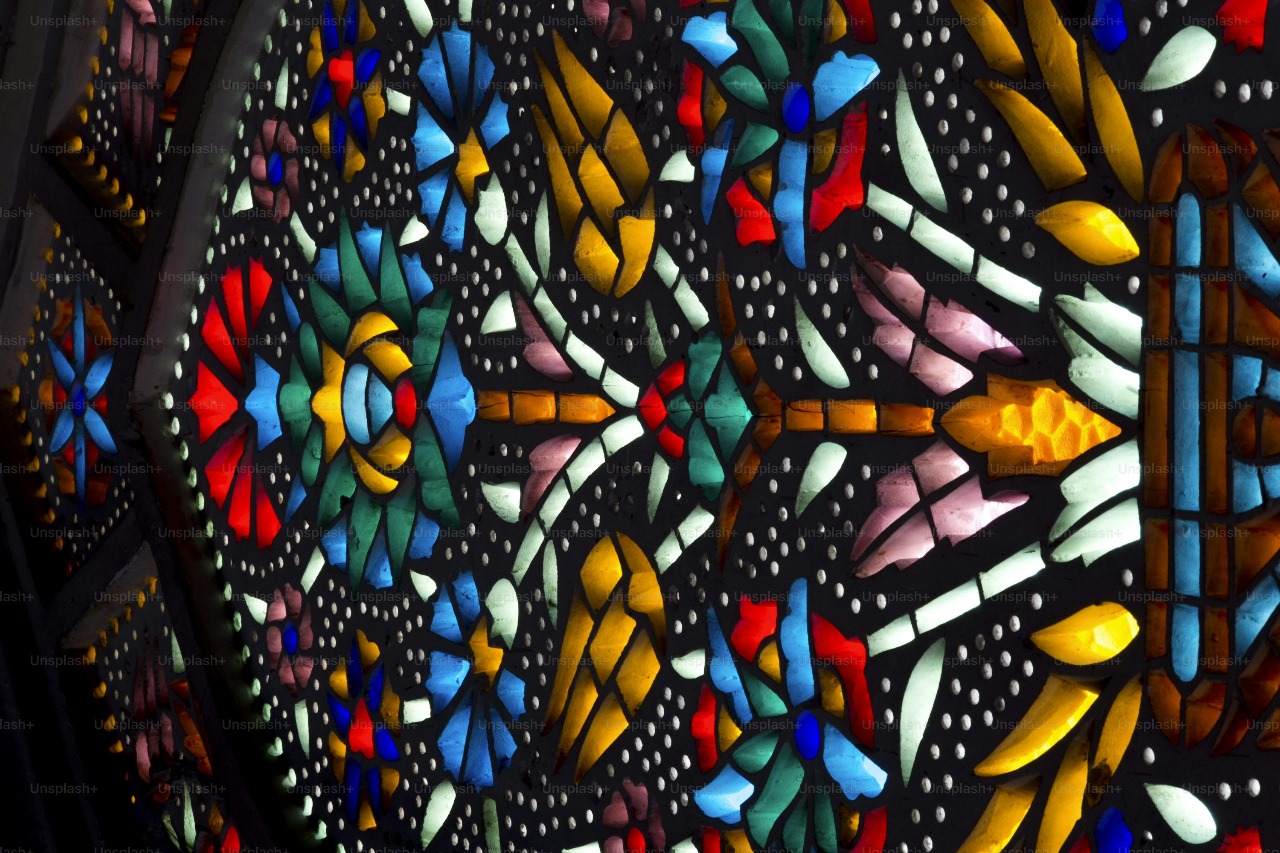Introduction
Few art forms capture the magic and spirituality of the past quite like Stained glass. From the glowing windows of towering cathedrals to the intricate panels in small chapels, stained glass served not only as decoration but also as a storytelling medium. During the Medieval to Renaissance period, this craft reached extraordinary heights, blending artistry, religious devotion, and technological innovation. Today, the rich history of stained glass continues to inspire collectors, historians, and art enthusiasts.
Origins of Stained Glass in Europe
The earliest uses of stained glass in Europe date back to the early medieval period, particularly within churches and monasteries. Initially, designs were simple, featuring geometric patterns and limited color palettes. Over time, artisans developed more complex techniques, allowing for detailed scenes depicting biblical events, saints, and symbolic imagery. By the Gothic era, stained glass became an essential element of cathedral architecture, transforming light into a vibrant medium for storytelling.
Symbolism and Purpose
In the Medieval period, stained glass served a deeper function than mere beauty. It was often referred to as the “Bible for the poor,” offering religious education to those who could not read. Through illuminated scenes, believers could visually follow biblical narratives, moral lessons, and spiritual parables.
Stained Glass in the Gothic Era
The Gothic era marked a golden age for stained glass craftsmanship. Innovations in window structure allowed for larger panels and more elaborate designs. Tall lancet windows and rose windows became defining features of Gothic cathedrals such as Chartres and Notre-Dame de Paris. The craftsmanship during this period was characterized by vibrant blues, ruby reds, and intricate leadwork that outlined figures and scenes with precision.
Advances in Craftsmanship
Artisans in the Gothic era mastered the art of mixing metallic oxides into molten glass to create intense colors that would last for centuries. Each piece of stained glass was carefully painted with details before being fired, ensuring that the artwork could withstand time and weather.
Transition to the Renaissance Period
By the 15th and 16th centuries, the Renaissance brought new artistic perspectives to stained glass design. Inspired by classical art, stained glass compositions became more realistic, with improved perspective, proportion, and shading. Artists began incorporating secular themes alongside religious imagery, reflecting the cultural shift of the time.
Influence of Renaissance Art
Renaissance stained glass windows displayed a greater emphasis on human emotion and natural landscapes. The glass painting techniques improved, and the colors became more varied, offering richer and more lifelike scenes. Workshops in France, Germany, and England produced masterpieces that blended Gothic grandeur with Renaissance humanism.
Notable Examples from Medieval to Renaissance
Throughout Europe, remarkable examples of stained glass from this era still survive. The windows of Sainte-Chapelle in Paris, the Great East Window of York Minster in England, and the glasswork of Augsburg Cathedral in Germany are all testaments to the enduring artistry of the craft. These works continue to draw visitors who marvel at the interplay of light, color, and history.
The Decline and Revival of Stained Glass
By the late Renaissance and Baroque periods, interest in stained glass began to wane as architectural tastes changed. Large, clear windows became more fashionable, and many medieval works were lost or replaced. However, the 19th-century Gothic Revival sparked renewed interest in stained glass, leading to the restoration and preservation of historic pieces and the creation of new works inspired by medieval techniques.
Collecting Stained Glass Today
Collectors of stained glass treasure both its historical significance and artistic value. Genuine medieval and Renaissance panels are rare and often preserved in museums or private collections. When acquiring pieces, authenticity is crucial—factors such as the glass texture, lead came design, and painting style help experts verify a window’s origin.
Preservation Challenges
Preserving stained glass requires expertise and care. Exposure to weather, pollution, and structural movement can damage panels over time. Conservation efforts often involve cleaning, releading, and careful storage to maintain the integrity of the artwork for future generations.
Why Stained Glass Remains Important
The legacy of stained glass from the Medieval to Renaissance period lies in its unique ability to combine light, color, and storytelling. These windows are not just architectural features—they are historical records of the beliefs, artistry, and cultural values of their time. For modern viewers, they offer a tangible connection to centuries past.
Conclusion
From the soaring Gothic cathedrals of the Middle Ages to the refined artistry of the Renaissance, stained glass stands as one of the most enduring symbols of Europe’s cultural heritage. Its craftsmanship, symbolism, and beauty have transcended centuries, continuing to inspire awe. Whether admired in a historic church, studied by art historians, or collected by enthusiasts, stained glass remains a vibrant testament to the artistry and devotion of the people who created it. For those who encounter it today, it offers not just a glimpse into history, but a luminous reminder of humanity’s timeless desire to blend light with art.
